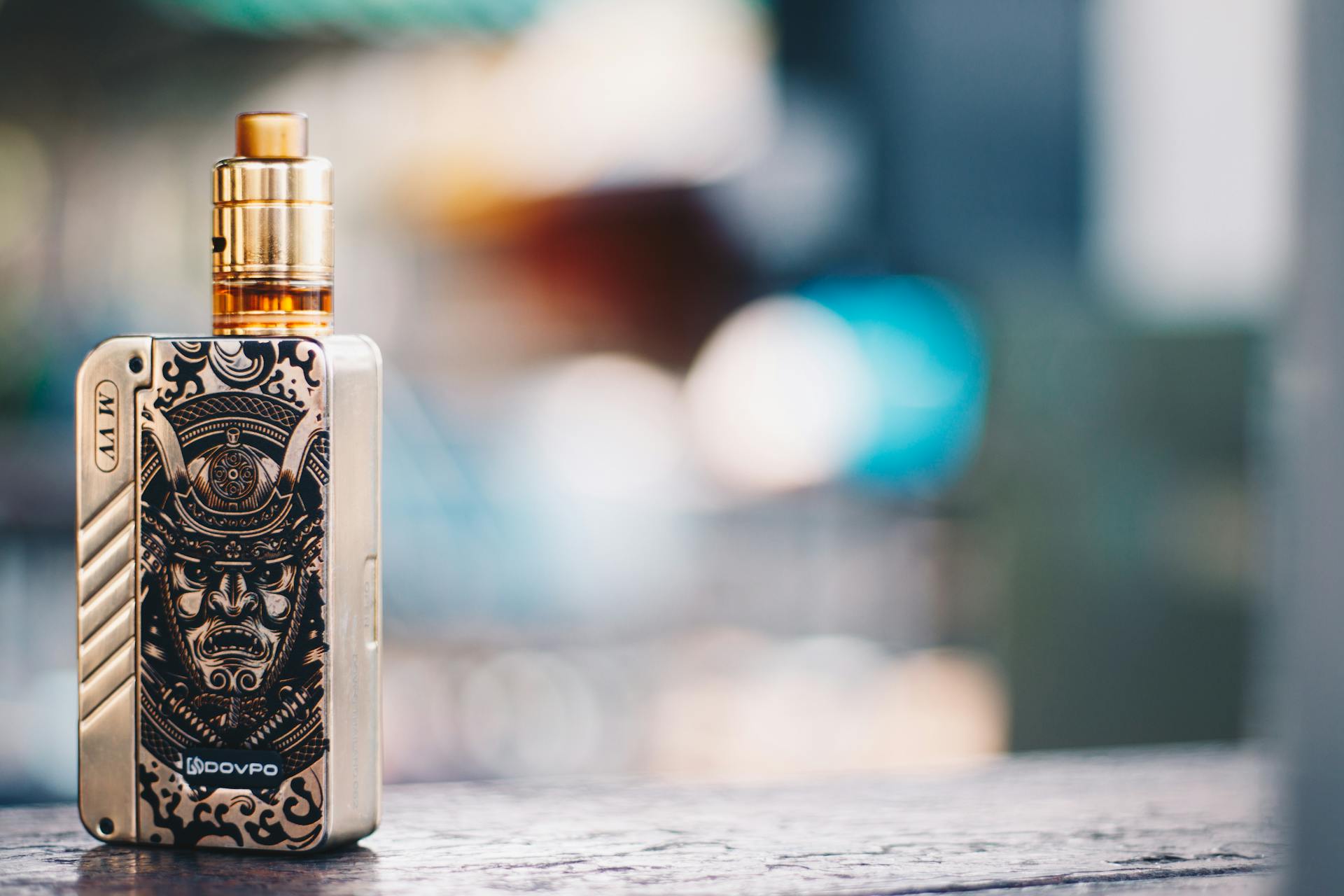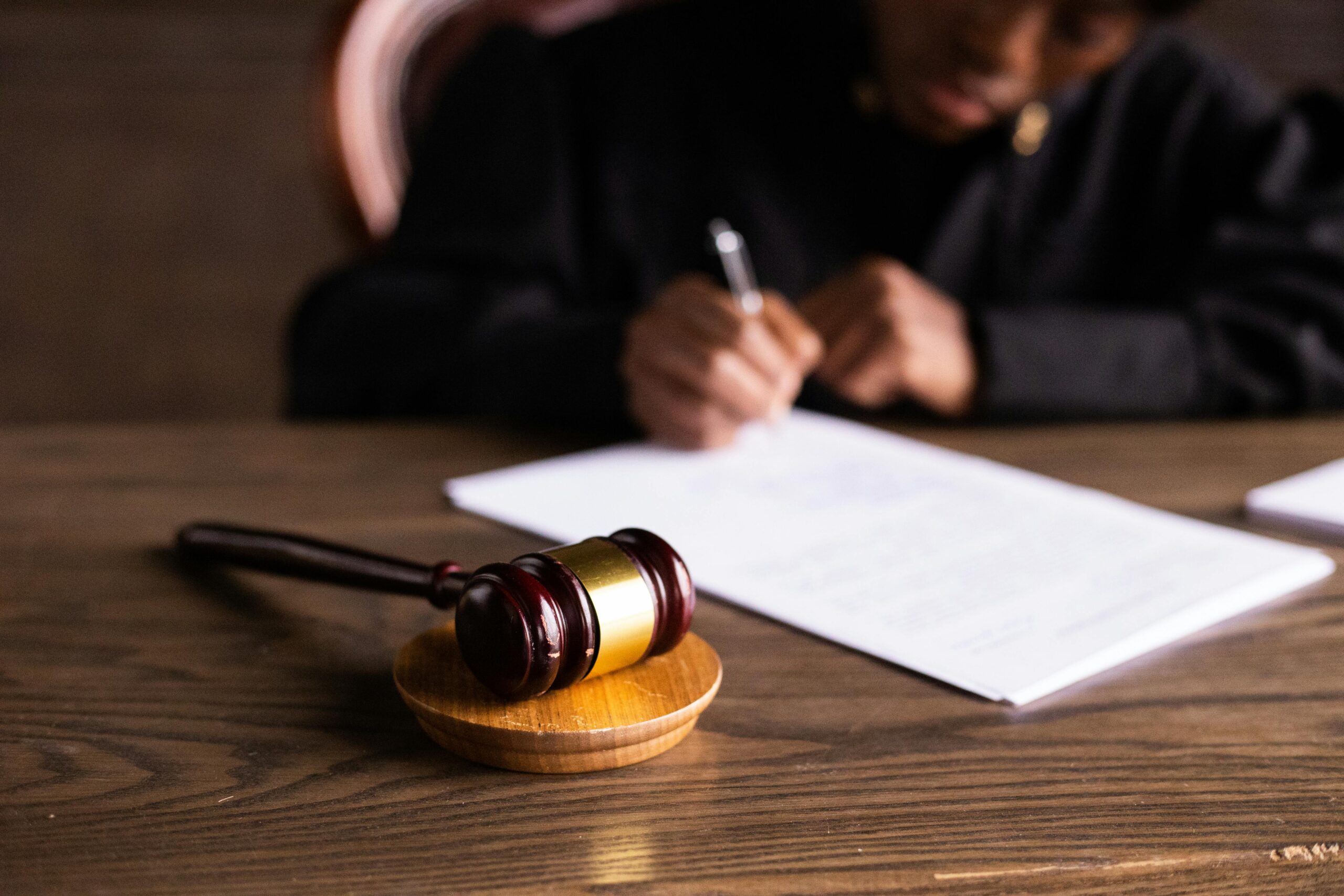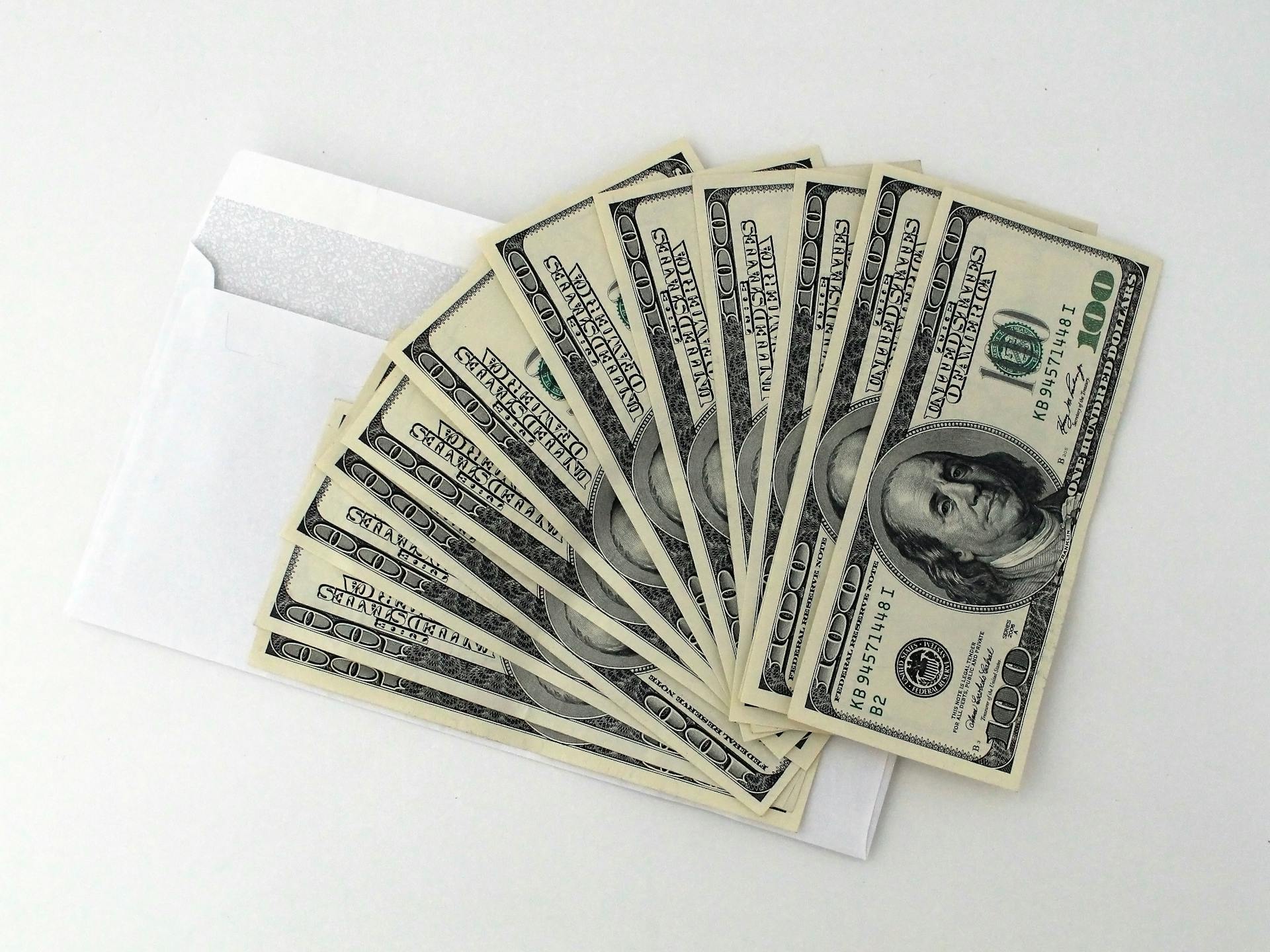When consumers purchase a product, they trust that it will function as intended and be safe for use. However, defective or dangerous products can lead to serious injuries or even fatalities. In such cases, product liability law provides a legal framework for holding manufacturers, distributors, and retailers accountable. One of the key concepts in product liability law is strict liability. This blog post explores the principle of strict liability in product liability cases, its application, and its significance for consumers and manufacturers alike.
What is Strict Liability?
Strict liability is a legal doctrine that holds parties responsible for their actions or products, regardless of fault or intent. In the context of product liability, strict liability means that a manufacturer, distributor, or retailer can be held liable for injuries caused by a defective product, even if they were not negligent or did not intend to cause harm. The primary focus of strict liability is on the safety of the product itself, rather than the conduct of the parties involved.
Historical Background of Strict Liability
The concept of strict liability in product liability cases has its roots in the early 20th century. Prior to the development of strict liability, plaintiffs had to prove that a manufacturer was negligent in order to recover damages for injuries caused by a defective product. This often placed a significant burden on consumers, as they needed to demonstrate that the manufacturer failed to exercise reasonable care in the design, production, or inspection of the product.
The landmark case that established strict liability in product liability law is Greenman v. Yuba Power Products, Inc. (1963). In this case, the California Supreme Court held that a manufacturer could be held strictly liable for injuries caused by a defective product, regardless of whether the manufacturer was negligent. This decision shifted the focus from the behavior of the manufacturer to the condition of the product itself and laid the foundation for modern product liability law.
Elements of a Strict Liability Claim
To succeed in a strict liability claim for a defective product, a plaintiff must establish the following elements:
- Product Defect: The plaintiff must prove that the product was defective. There are three main types of product defects:
- Design Defects: Flaws in the design of the product that make it inherently unsafe.
- Manufacturing Defects: Errors or flaws that occur during the production or assembly of the product, resulting in a dangerous product.
- Marketing Defects: Inadequate instructions or warnings about the proper use of the product, leading to potential harm.
- Unreasonably Dangerous: The defect must render the product unreasonably dangerous to the consumer or user. This means that the product poses a risk of harm that exceeds what would be expected by the average consumer.
- Causation: The plaintiff must show that the defect caused their injury. This involves demonstrating a direct link between the defective product and the harm suffered by the plaintiff.
- Usage: The plaintiff must have been using the product in a manner that was intended or reasonably foreseeable by the manufacturer.
Application of Strict Liability
Strict liability applies to all parties in the supply chain, including manufacturers, distributors, and retailers. This ensures that consumers have multiple avenues for seeking compensation for injuries caused by defective products. The rationale behind strict liability is to encourage manufacturers to ensure the safety of their products and to allocate the costs of injuries to the parties best positioned to prevent them.
Advantages of Strict Liability
Strict liability offers several advantages for consumers and the legal system:
- Consumer Protection: Strict liability shifts the burden of proof from the consumer to the manufacturer. Consumers do not need to prove negligence or fault, making it easier for them to recover damages for injuries caused by defective products.
- Incentive for Safety: By holding manufacturers strictly liable for defective products, strict liability creates a strong incentive for companies to prioritize safety in product design, manufacturing, and marketing.
- Efficient Legal Process: Strict liability simplifies the legal process by focusing on the defectiveness of the product rather than the conduct of the parties involved. This can lead to more efficient and faster resolutions of product liability cases.
Limitations and Defenses
While strict liability provides robust protection for consumers, there are certain limitations and defenses that manufacturers can raise:
- Product Misuse: If the plaintiff was using the product in a way that was not intended or reasonably foreseeable, the manufacturer may not be held liable. For example, if a consumer uses a hairdryer in the bathtub against explicit warnings, the manufacturer may have a valid defense.
- Alteration of the Product: If the product was altered or modified after it left the manufacturer’s control, and this alteration contributed to the injury, the manufacturer may have a defense against the strict liability claim.
- State-of-the-Art Defense: In some jurisdictions, manufacturers can argue that the product design or warning was consistent with the prevailing state of scientific and technical knowledge at the time of production. This defense asserts that the manufacturer could not have known about the defect based on the information available at the time.
Strict liability in product liability cases plays a crucial role in protecting consumers and promoting product safety. By holding manufacturers, distributors, and retailers accountable for defective products, strict liability ensures that consumers can seek compensation for injuries without the burden of proving negligence or fault. This legal doctrine encourages companies to prioritize safety in their products and provides a clear path for injured parties to obtain justice.



